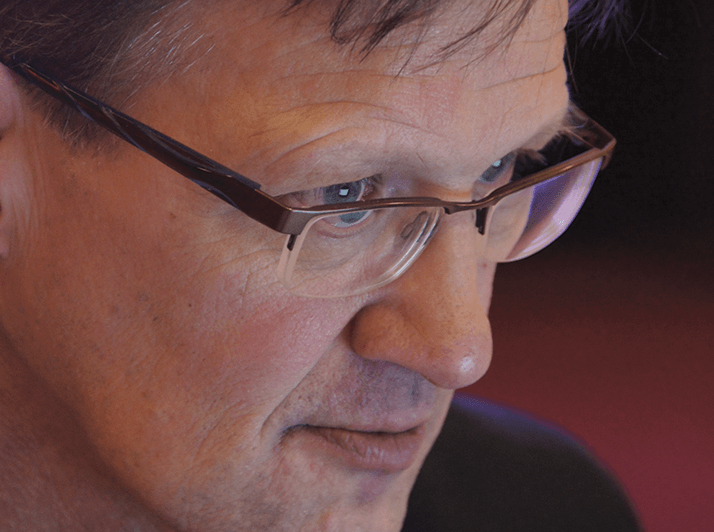
You’ve run many conferences – what’s the appeal?
Starting close to home, one of the great things about organizing a conference is the exposure it can give to your own group. We learnt to focus on short courses for our own students – making it accessible and interesting to them – and then built the conference around it. The step towards a larger conference is a big one!
You’re talking about HPLC2013?
Yes. If you organize a conference for 250 people, your own group may make up 10 percent of the meeting – that’s the motivation. At a larger conference, you have to bring together the community and create exposure for your entire country! As of today, about 10 percent of HPLC2013 attendees are Dutch. But when you live around the corner, it makes it easier to register late. I expect more.
What’s so special about HPLC2013?
It’s special for me, personally, because I’ve been part of that community for such a long time. But it is also special in its extreme diversity. There are hardcore chromatographers, as I call them, so the program must cover fundamentals and technology. But in other communities, HPLC is vital as a tool. That’s what High Impact LC is all about. The big challenge is trying to find the right balance.
What would be a satisfying outcome for HPLC2013?
Ahead of the meeting, we set many targets – the number of oral presentation abstracts, poster abstracts, short course participants – and, in all cases, the lights are green. But that’s numbers. Now it comes down to making it happen and ensuring a good atmosphere for science.
How many people do you expect?
Predictions are dangerous. Last week, we didn’t know how many poster abstracts we would have by the deadline. We had around 500-600. When I checked this morning, there were 920. I couldn’t have predicted that. The biggest HPLC in recent history was in Budapest in 2011 with 1285. That’s a nice target. It also proves that the meeting is still very much alive.
“To be invaluable to a company and fully respected as a great scientist by the community – that’s a difficult balance to strike.”
You spent twenty years in industry before switching to academia – was it simply time for a change?
I worked in industry for a long time, but I always felt like a scientist; I was happiest in the lab. At some point, it became difficult to concentrate on science, and that’s part of the reason. There should always be an opportunity in industry to do new things, to publish, and to keep it exciting.
Do you think there are enough great scientists in industry?
They do exist, but they’re a rare breed – and getting rarer. To be invaluable to a company and fully respected as a great scientist by the community – that’s a difficult balance to strike. To raise the profile of industry researchers, HPLC2013 is introducing a new award to commemorate Uwe Neue – a brilliant chemist and an amazing contributor to the community. The first recipient is Jack Kirkland. Jack is the epitome of an industrial scientist and his 55-year-long career is legendary.
You organize conferences, lecture, edit, and take on many other responsibilities… Why?
I am an analytical scientist. I believe that if we don’t take ourselves seriously, no one else will. You will recognise the feeling: “It’s only analytical chemistry”. But the change must come from within. It’s up to us to explain what we do and make it very clear how important that is. The Netherlands is a relatively small country and yet COAST has over 60 partners standing as a community and taking analytical science very seriously indeed. My feeling is that if you invest in a community, you also invest in yourself.
You act as education director for COAST, how do you tackle that responsibility?
When building a community, it’s not just about good research; it’s about training the right people. Industry says correctly “there aren’t enough good people” and I’ve found the same problem when hiring post docs. Our university programmes try to address that imbalance.
What do you find most rewarding?
When things run well and work out. The fact that we have such a strong public-partnership like COAST, which took us many years to get off the ground, with all partners involved because they consider the field so important – that’s rewarding. We’ve come a long way.




